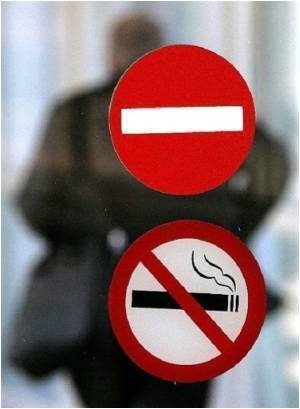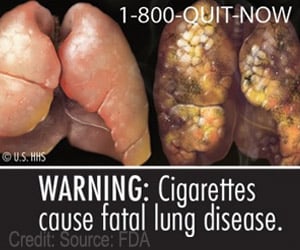Quitlines have the potential to reach a broad range of racial minority populations that experience disproportionate rates of smoking and its associated diseases.

‘Quitlines that provide free cessation services for smokers, appear to be reaching minority populations that typically underutilize cessation treatments and have high smoking prevalence.’





Researchers used a database of over 1.2 million quitline callers
across 45 states to determine reach of the service. By comparing the
number of quitline callers to the number of tobacco users in a
particular minority group, the study shows that quitline reach was
highest for American Indians/Alaskan Natives in 27 states, for African
Americans in 14 states, and for non-Hispanic whites in four states. However, the actual percentage of these quitline callers of overall tobacco users is relatively low. 0.27% to 9.98% of American Indian/Alaskan Native tobacco users have called a quitline, compared to 0.17% to 3.85% of African American tobacco users, 0.08% to 3.42% of non-Hispanic white tobacco users, and 0.08% to 3.18% of Hispanic tobacco users.
The findings support the conclusion that although overall reach remains low across racial/ethnic populations, quitlines have the potential to reach a broad range of racial/ethnic minority populations that experience disproportionate rates of smoking and its associated diseases.
"Ongoing monitoring of the use of state quitlines can help and guide outreach to all race/ethnic groups with the goal of increasing the overall proportion and number of tobacco users that use quitlines," says lead author Latisha L. Marshall. "These efforts should be complemented by comprehensive tobacco control initiatives that increase cessation, including mass media campaigns, smoke-free policies, increased tobacco prices, expansion of health insurance coverage, and health systems change."
Source-Eurekalert









